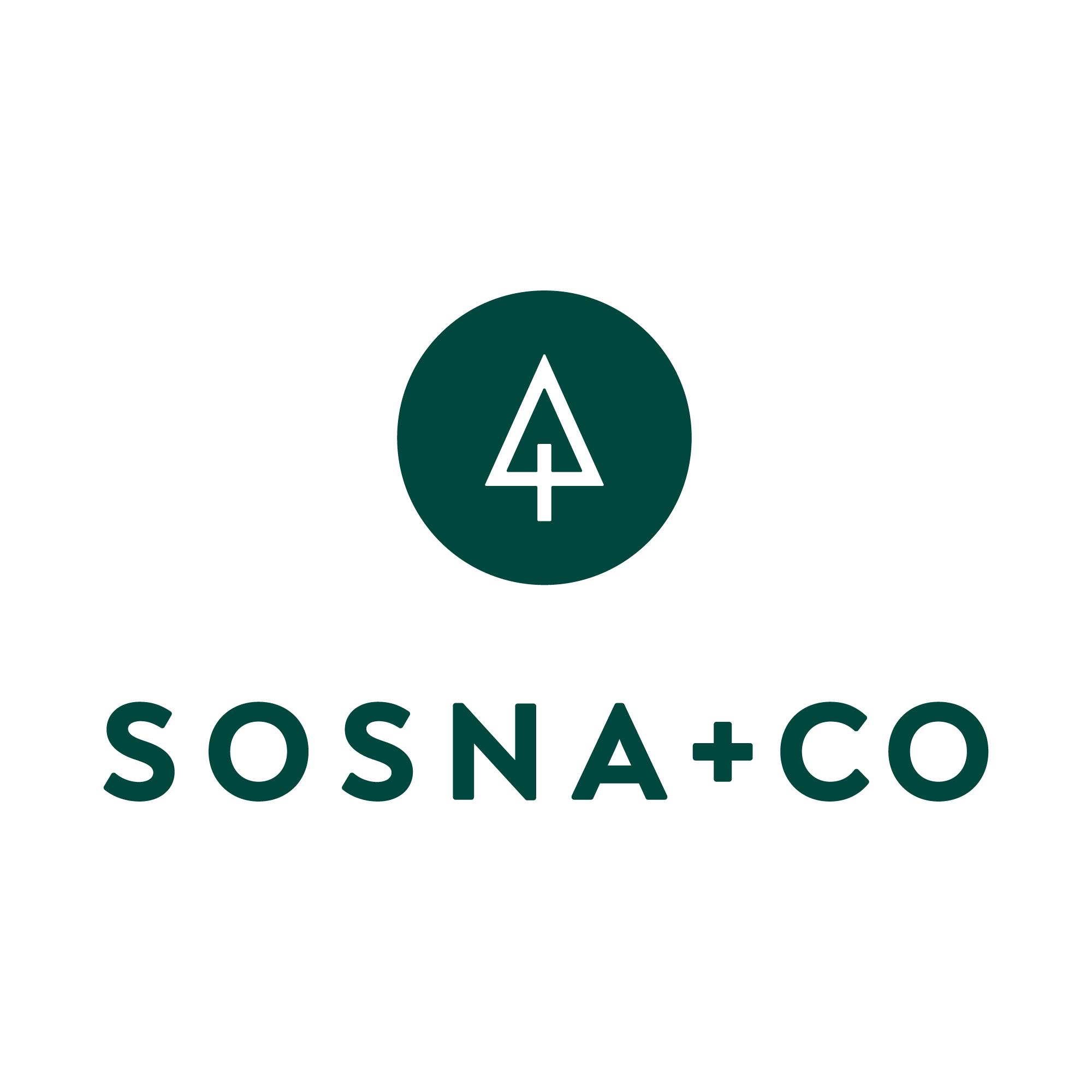Your Pre-Conference Game Plan: Achieve Results & Drive Growth
In the life sciences, conferences and trade shows remain among the best strategies to expand your network, build partnerships, and drive growth.
But as anyone who has attended without a plan knows, your event presence can quickly be derailed, resulting in poor-quality prospects and conversations that go nowhere.
In this post, we share our business development team's top tips to make the most of your next event and transform those fleeting interactions into tangible business outcomes.
1. Lay the Groundwork & Set Goals
Before you even book your flights, get clear on who you want to meet and why.
Define goals: How many meetings do you want to book? Are you focused on leads, partnerships, fundraising, or brand visibility? Quantify your objectives where possible.
Clarify your target audience: Identify key criteria — company size, type (CDMO, biotech, investor, etc.), geography, and deal stage.
Study the landscape: Review exhibitor and sponsor lists, scan the attendee list if available, and search the event hashtag on LinkedIn to see who’s active.
Create a “wish list” of companies or individuals you want to connect with and prioritize them.
2. Identify & Prioritize Contacts
Once you've defined your goals, the next step is to create a targeted list of contacts you want to connect with at the conference. This process ensures you focus your energy on the most valuable interactions.
Start by reviewing the attendee list, if available. Look for companies and individuals that align with your business objectives. Consider factors such as company size, industry focus, and potential for collaboration.
Prioritize your list based on the potential impact of each connection. You might use a simple A, B, C ranking system:
A: Must-meet contacts crucial to your goals
B: Valuable connections if time allows
C: Interesting prospects for future follow-up
Remember, quality trumps quantity. It's better to have meaningful conversations with a few key contacts than brief, superficial interactions with many. Building a strategic target list is crucial for successful business development outreach.
3. Craft Your Message & Pitch
You’ll likely only get a few minutes of attention—especially if you're participating in partnering/meeting platforms such as at the BIO International Convention—so your message has to land fast.
Do your homework: Research the priorities and pain points of your target companies. What are they working on, and what challenges are they facing?
Tell a story: Weave your company’s mission, product journey, and industry impact into a clear, memorable narrative. Use case studies and testimonials to build credibility.
Highlight the “so what” (which is often missed in the sciences): What makes you different? Why should they care? Focus on measurable outcomes.
Be flexible: Have different pitch versions ready depending on who you're talking to (e.g., technical, commercial, investor).
Practice it: Rehearse delivery until it feels natural, energetic, and clear. Notice if you're dwelling on technical detail, which could overwhelm the listener.
4. Plan Your Pre-Event Outreach & Marketing
Start building momentum before the event - think 6-8 weeks before, if possible.
Email your list: Send 1–2 warm-up emails to your contacts or subscribers with an invite to book a meeting (Calendly or similar links work great).
Announce on LinkedIn: Use the event hashtag, tag your company and event organizers, and share what you’re looking forward to.
Direct message your network: Reach out to connections with a friendly note, not a sales pitch, to suggest a coffee or booth visit.
Use Sales Navigator: For cold outreach, LinkedIn Sales Navigator is a goldmine for filtering prospects and sending targeted messages.
5. Book the Right Meetings
If you’re using the event’s partnering platform (like BIO One-on-One or J.P. Morgan’s meeting portal), send compelling requests that clearly state why you want to meet and what’s in it for them.
Keep it short, relevant, and benefits-focused.
6. Show Up & Build Real Relationships
Yes, the goal is deals, but don’t underestimate the power of simply being memorable and human.
Be curious.
Be helpful.
Be concise and respect people’s time.
And take notes after each interaction so your follow-up is personal and actionable.
7. Coordinate Post-Event Follow-Ups That Don't Fizzle
Follow up fast: Within 48 hours is ideal, though you can vary this based on priority and fit. Tailor your message based on your conversation and remind them who you are.
Track your leads: Use a simple CRM or spreadsheet to track follow-ups, notes, and next steps.
Repurpose your content: Share your takeaways and insights on LinkedIn. Tag people and companies you met to stay top-of-mind. This also builds your authority and thought leadership!
Final Thoughts
Industry conferences are an investment of time, money, and energy. But with the right plan, a clear message, and consistent follow-up, they can become your best source of partnerships, leads, and long-term growth.
As boutique life science business development consultants, we attend key conferences and events all year long, representing life science companies across pharma and biotech, service providers, manufacturers, healthtech and medtech companies, and more.
Want help refining your pitch, building your hit list, or mapping your next conference strategy? That's exactly what we do. For more information, or to book a call, contact our team today.

